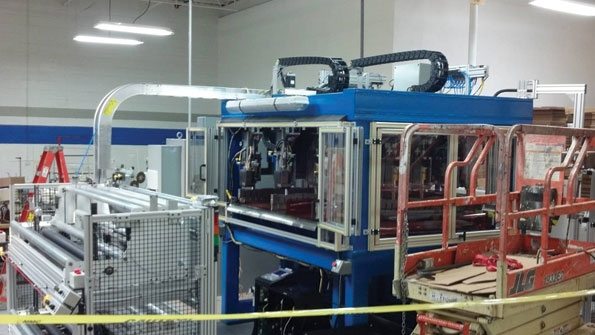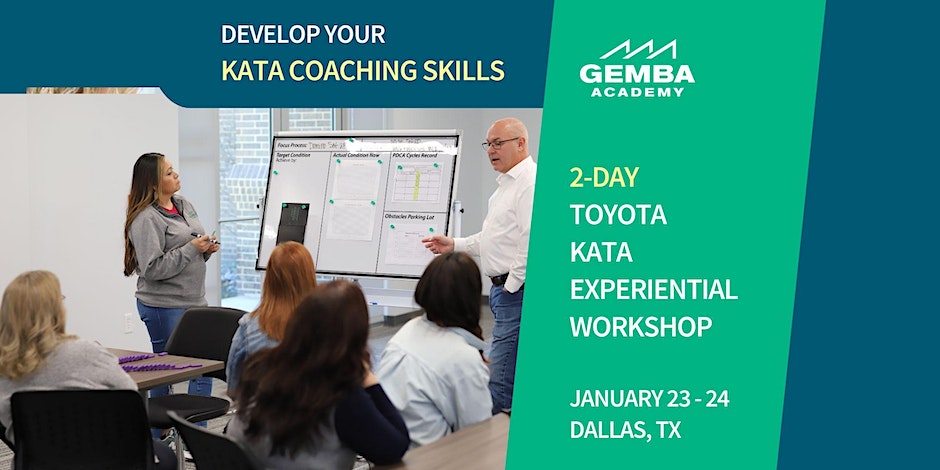Furniture maker introduces Toyota Kata after reaching a Lean plateau
In 2011 La-Z-Boy began introducing Toyota Kata at both its Dayton, Tenn., location (shown here) and a facility in Siloam Springs, Ark. The story of many a Lean implementation is one of fits and starts, of major gains followed by major backsliding, of high hopes that trail into disappointment. Other stories, like that told by La-ZBoy’s David Robinson, are simpler: “We’ve reached a plateau. What now?” In La-Z-Boy’s case, the “what now” became Toyota Kata. “Toyota Kata is a daily management process,” explains Robinson, continuous improvement and quality director at La-Z-Boy’s Dayton, Tenn., facility. Unlike a kaizen event or value stream map, he says, Toyota Kata “doesn’t have a beginning or end. Toyota Kata is an improvement process that happens every single day. If it’s not happening daily, you’re not taking advantage of the process.” explains Robinson, 
Brown described Kata as the “less visible” part of Lean but said it is key to Toyota’s ability to sustain its continuous improvement focus for decades. In short, Kata are practice routines. They are structured and practiced deliberately until they become habits and result in acquiring new skills. (Think learning to play the guitar, for example, in which you follow certain steps and practice frequently until the skill becomes ingrained.)
Moreover, Kata address both people development and process improvement via the Improvement Katas and Coaching Kata. Indeed, the coach/learner relationship is central to the Toyota Kata process. “The coach is responsible for teaching the pattern of the Improvement Kata,” Brown said. Even more, the relationship is one in which the coach has a vested interest in the partner’s development, which “leads to a better leader, better problem-solver and overall higher performance,” Brown said.
Toyota Kata at La-Z-Boy
Significant Lean efforts at La-Z-Boy’s Dayton facility, a 2012 IW Best Plants Award winner, began in 2005 and — make no mistake — led to impressive improvements. Nevertheless, the gains reached a plateau, and in 2011 La-Z-Boy began introducing Toyota Kata at both the Dayton location and a facility in Siloam Springs, Ark. “I was skeptical at first,” admitted Robinson.
During his talk with conference attendees, Robinson described a “PDCA Cycles Record,” which he said was one of the most important tools used by La-ZBoy in its Kata process-improvement discussions. The record shares the story of process improvement challenges, the experimentation undertaken to meet those challenges, and what was learned in the process.
The Kata introduction remains ongoing at La-Z-Boy. For example, daily coaching cycles averaged 64% at the end of the first quarter of 2015. That translates to 64% of the time, a coach and/or second-level coach was participating in daily Kata coaching activities with a learner. By year’s end, La-Z-Boy aims to boost that percentage to greater than 75%.
And does La-Z-Boy continue to show improvements via its Kata process? Yes. Robinson said improvements include cell efficiency increases of 10% to 28% and defect level improvements ranging from 20% to 50%.
Robinson is skeptical no longer.








No comments yet.